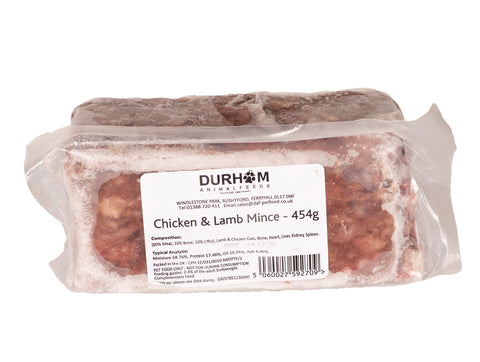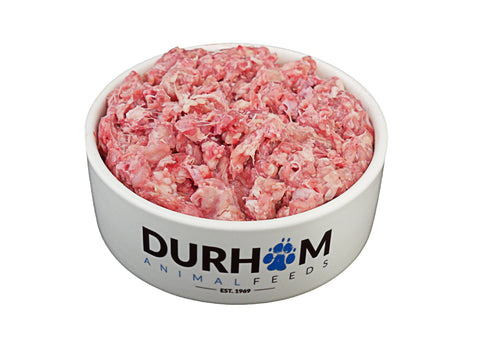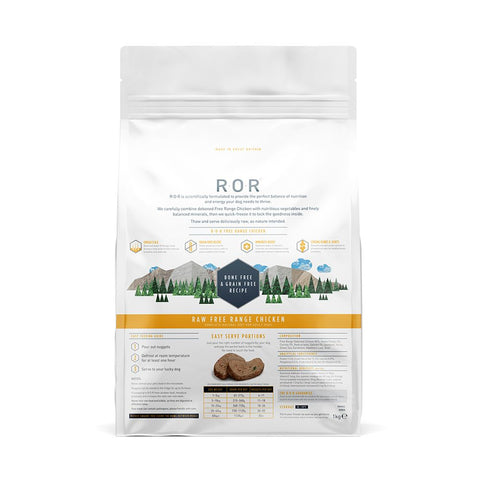Dart Frog Care Sheet

Introduction
Dendrobates Tinctorius are from the Family Dendrobatidae. Dendrobates Tinctorius populations can be found wide spread throughout Guyana, Surinam, French Guiana and northern Brazil. They are diurnal frogs that are very active and make very interesting pets.
Colours And Morphs
Dendrobates Tinctorius are very colourful, attractive frogs with many morphs and variations in colour. Dendrobates Tinctorius has over 30 known morphs and new ones are still being found.D.Tinctorius “powder blue” is black with white markings, D.Tinctorius “Saul” is black with a yellow back and D.Tinctorius “Azureus” is blue from head to toe.
Toxins
In captivity Dendrobates Tinctorius are not toxic, their toxins are produced from their natural diet. There is much research into what part of their diet causes this toxin and it is believed to come from fire ants and other small inverts. Wild caught specimens of Dendrobates will soon lose their toxicity when in captivity.
Housing Requirements
Dendrobates Tinctorius require alot of space, they are a very active frog and are always exploring their surroundings, therefore a vivarium of 60 x 45 x 45cm as a minimum will house a pair.
Dendrobates Tinctorius do best either housed in sexed pairs, all male groups or a large group of males and females in a ratio of two males to each female, as it is actually the females in this species that compete for the males! Dendrobates tinctorius are territorial and will fight over breeding sites and feeding locations, so it’s important to provide plenty of hiding spots and cover. Dendrobates tinctorius will also appreciate a well planted vivarium, plants like pothos and bromeliads provide not only cover, but potential breeding sites. Bromeliads make a nice natural addition to a dart frog enclosure as they are found in the jungles the frogs naturally inhabit, and the centre of the bromeliad (which collects rain water) is used as ‘nests’ by the frogs for their young tadpoles. The frog will have up to 6 young at a time and will put them all in separate ‘nests’ within their territory. Eco earth or coco husk with a covering of dead leaves, twigs and nut shells make an ideal substrates and should be given drainage by means of a false bottom or a deep layer of hydroleca balls. The vivarium should have an escape proof lid, constructed of either glass or plastic. Screen style tops can be partially covered with glass or plastic panels. This is vital in keeping the humidity raised in the vivarium and will also prevent small prey items from escaping. When choosing the lid of the vivarium it is important to remember that most, if not all the UVB rays will be filtered out by most glass and plastics, so care should be taken to ensure the uv is situated beneath this screen, this way the frogs can benefit from all uv rays the bulb emits.
Lighting
Although Dendrobates tinctorius naturally inhabit the forest floor under the cover of the tree canopy, they are still subjected to exposure from U.V rays and full spectrum lighting. UVB can be very beneficial to Dendrobates tinctorius, it will aid them in the production of D3 and will help prevent bone disfigurement in juveniles. A 2% tube or coil with a reflector will provide them with substantial uvb exposure and led lighting will also help promote plant growth. Full spectrum lighting may also be beneficial to both frogs and plants, and will contain a level of UVB.
Temperature And Humidity
Dendrobates tinctorius require high humidity of 80%-100% constantly, along with adequate ventilation. The vivarium should be sprayed with de-chlorinated water at least once a day, and never allowed to fully dry out. This the quickest way to kill your frogs by having improper humidity.The use of live plants helps here, as they aid in keeping humidity within the vivarium. A temperature between 70 and 80f in the day is required, with a drop to as low as 65f at night.
Feeding
Dendrobates tinctorius are small amphibians that eat very small foods. In the wild they take tiny flies, mites, springtails etc. Fruit flies make a good staple diet in captivity as they will not eat any live plants you use in the vivarium, and they are very easy to culture. Micro crickets, springtails, termites, aphids and small fly larvae also make good foods and should be added in with the main diet to ensure the frogs get a wide variety of livefood. Feeding the right amounts can be a tricky game, feeding should be judged on how many insects are eaten within 2 minutes. Adults should be fed every other day, and juveniles do best offered food daily but in smaller quantities. Vitamin and mineral supplements are essential, and should be replaced every six months. Fruit flies and other food items should be supplemented before being offered to the frogs.
Watering
A very shallow water area should be provided as Dendrobates tinctorius will use it to replenish their natural water reserve but using a ‘drinking patch’ on then underside of their bellies, BUT they are very poor swimmers and will drown easily. The area or dish should be changed daily using de-chlorinated water.
Handling
Handling should be avoided unless it is vital to the specimens well fare. If you do have to handle then powder free surgical gloves should be worn and frequently misted with de-chlorinated water to stop them drying out. Dendrobates tinctorius do not like or ever get used to being handled, it is very stressful to them and if not done correctly can be very dangerous. Not only will the salts on human skin irritate their skin (as it is porous) but there is a high risk of damaging a limb or tearing their delicate skin. When cleaning the viv the safest and less stress full way for the frogs is to catch them in a tub which has been lined with paper towel sprayed with de-chlorinated water.
Conclusion
Dendrobates tinctorius are an ideal Dendrobates for a beginner into the world of poison dart frogs, however they are very fragile and deteriorate quickly if not given the proper care. These frogs stress very easily and are only suited as a visual pet.










